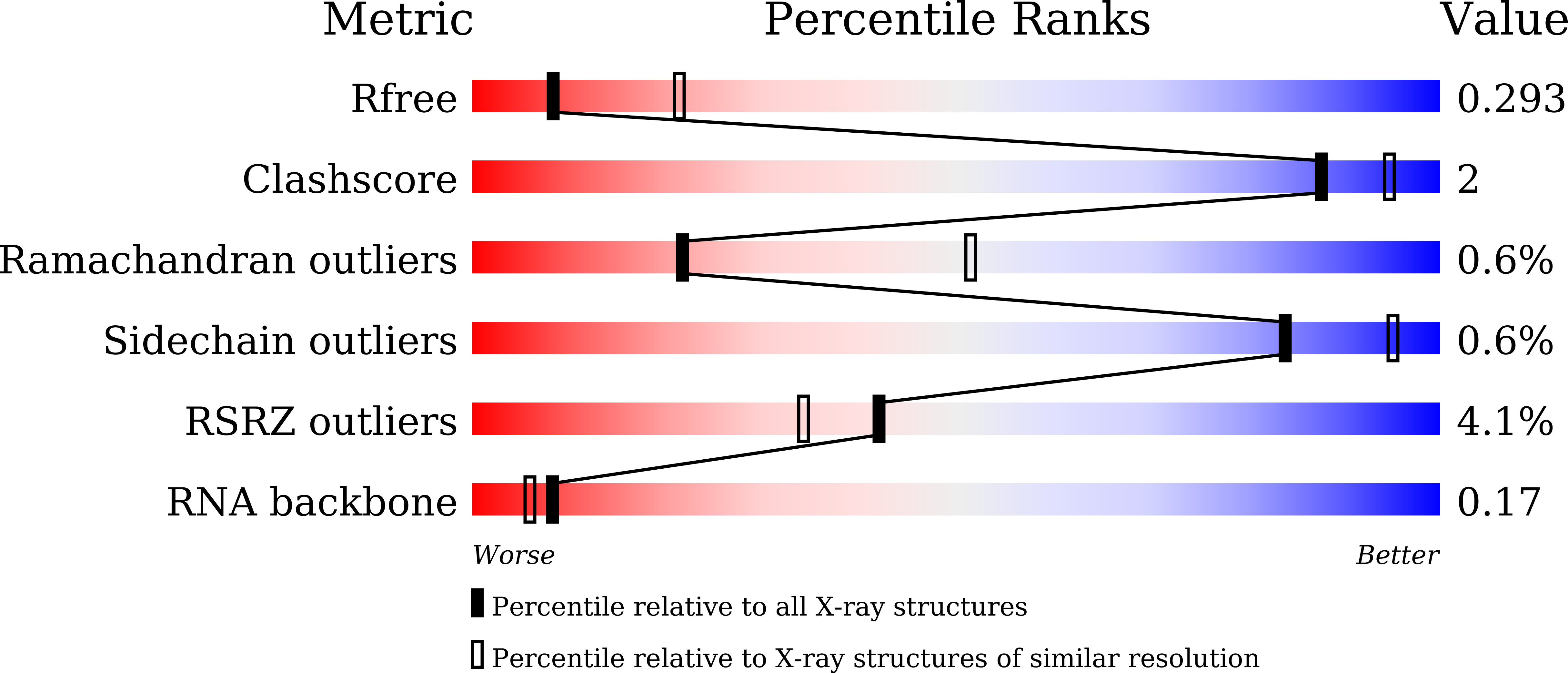
Deposition Date
2023-11-05
Release Date
2024-11-06
Last Version Date
2025-05-07
Entry Detail
PDB ID:
8X0N
Keywords:
Title:
The molecular mechanism of hnRNPA1 recognize TERRA RNA.
Biological Source:
Source Organism:
Homo sapiens (Taxon ID: 9606)
Host Organism:
Method Details:
Experimental Method:
Resolution:
2.80 Å
R-Value Free:
0.28
R-Value Work:
0.23
R-Value Observed:
0.23
Space Group:
P 43 21 2


